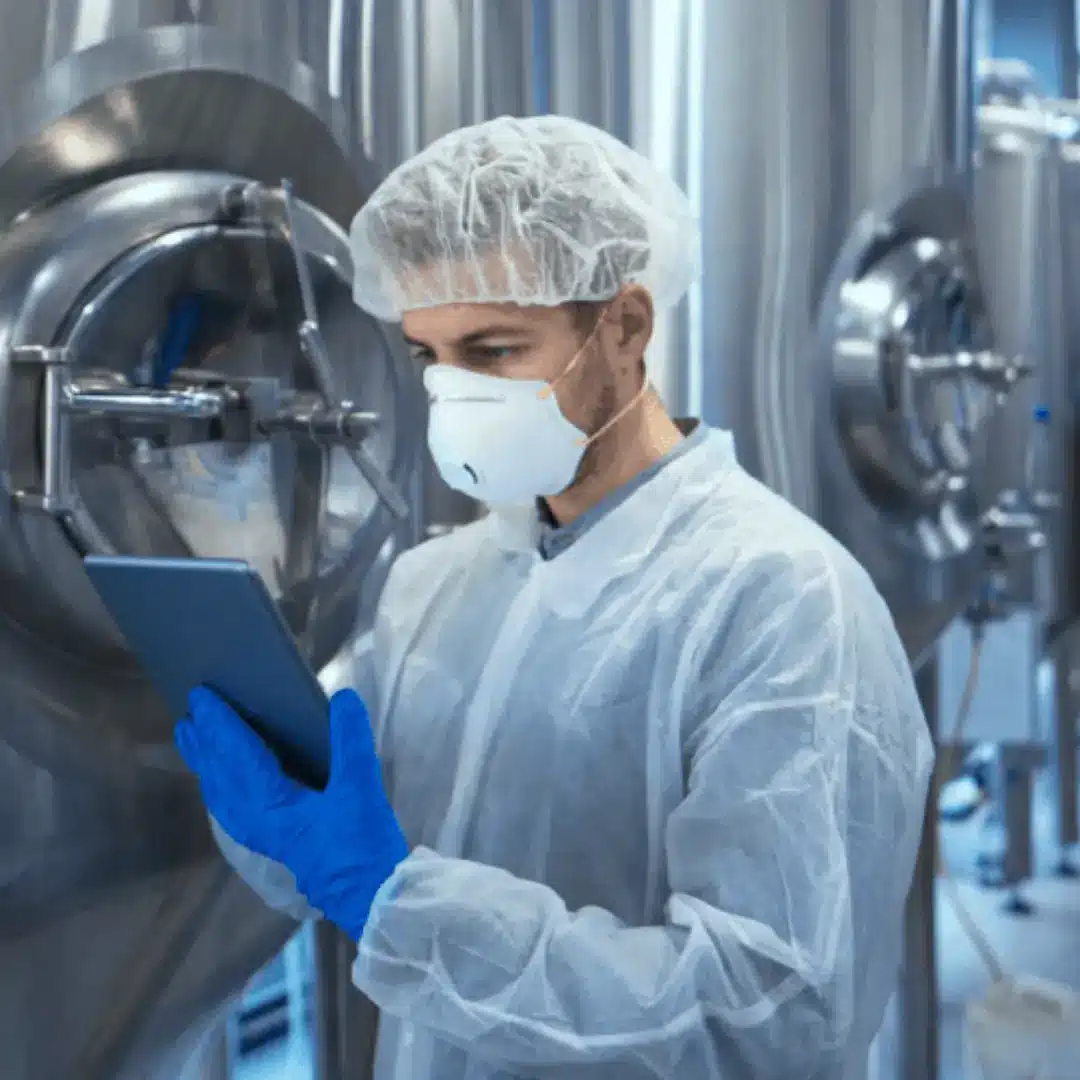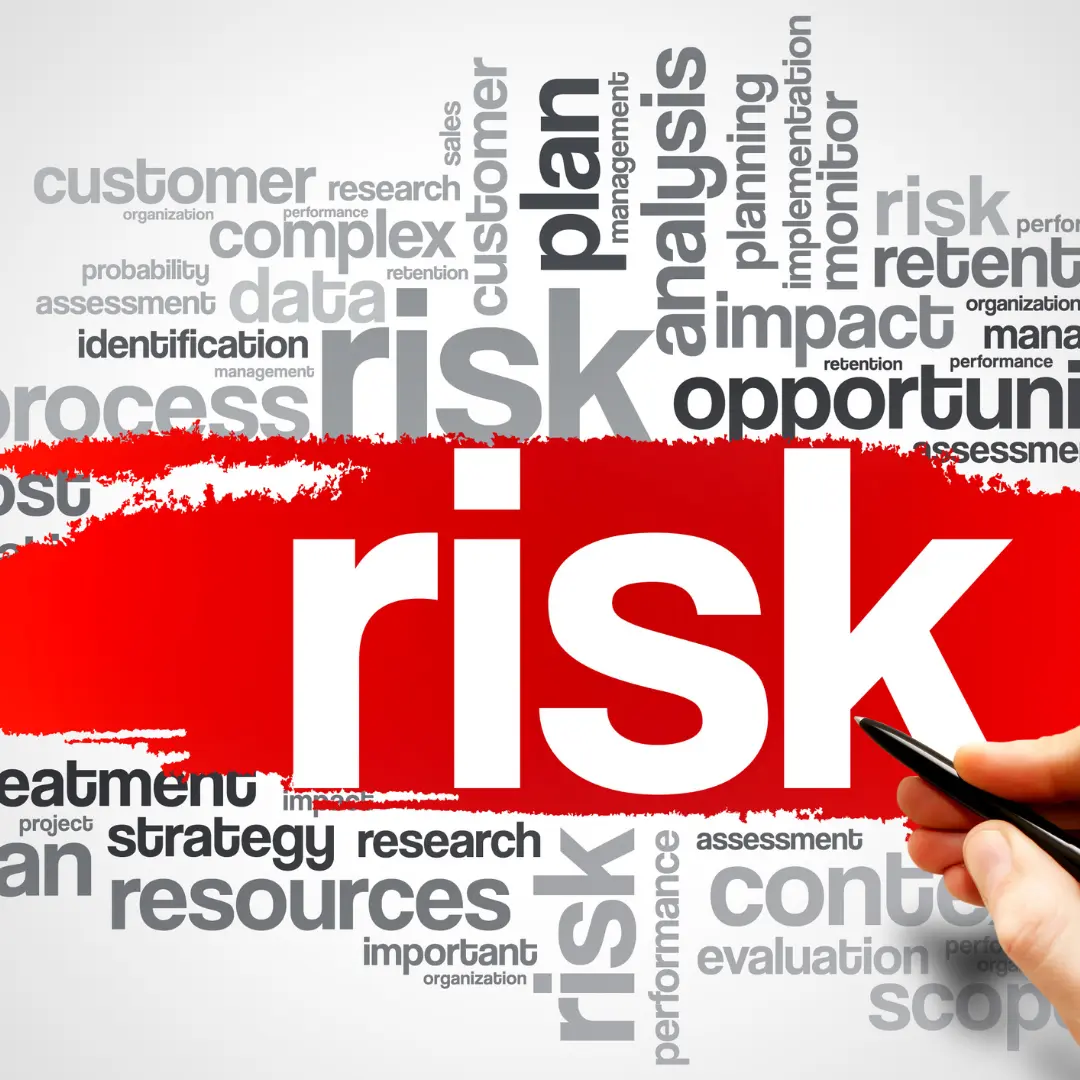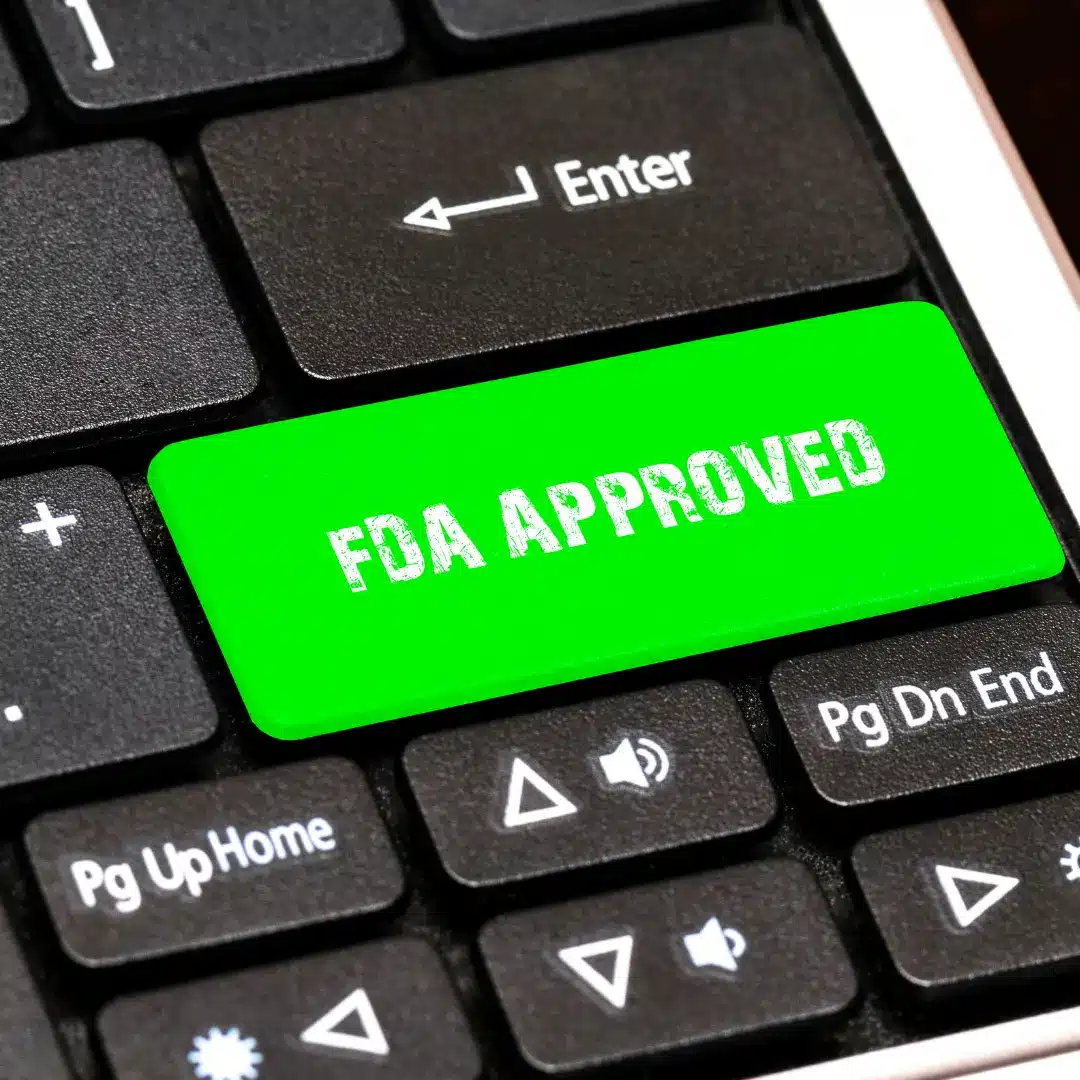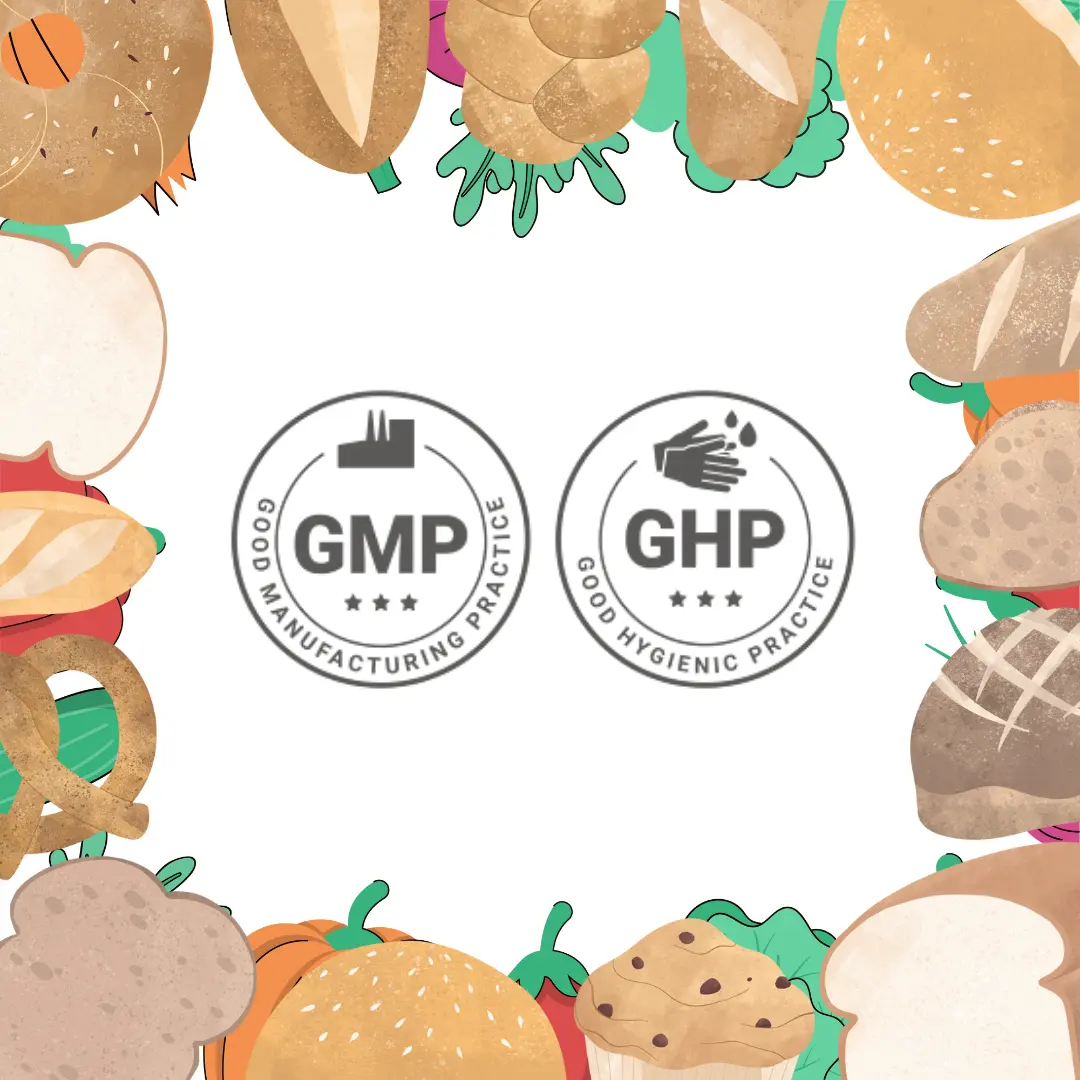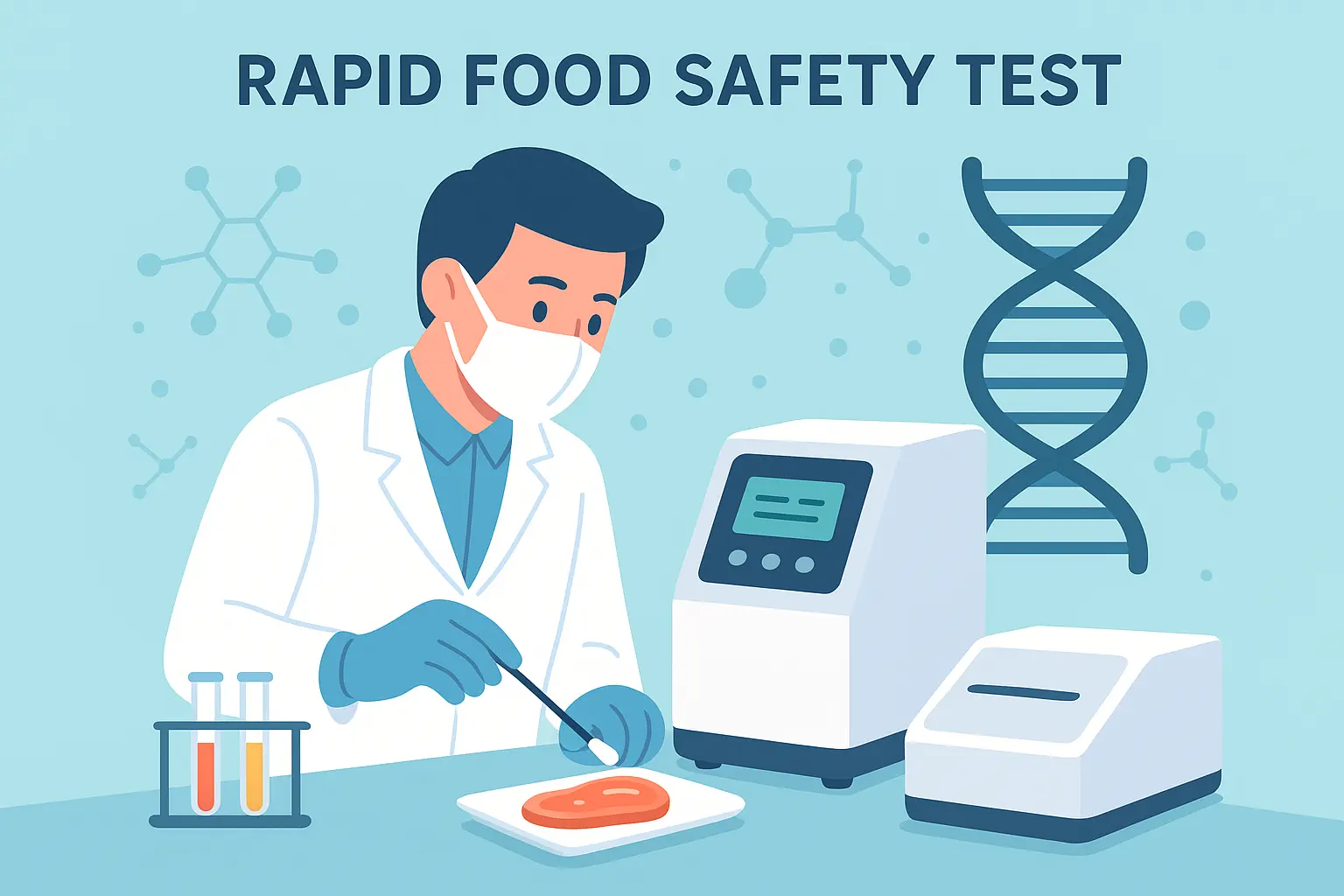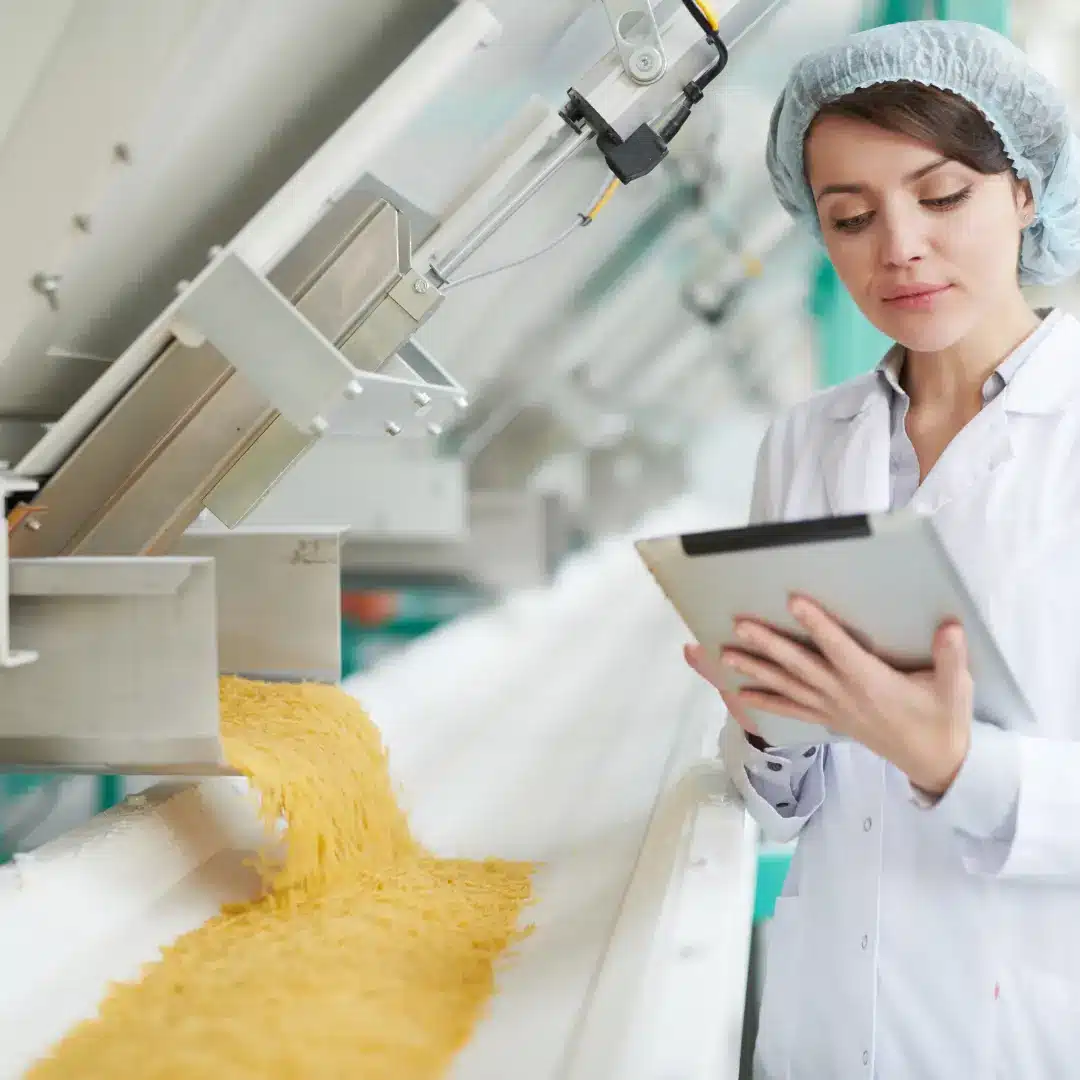Enhancing Contamination Prevention with Cutting-Edge Technology and Software
In today’s fast-paced food industry, maintaining stringent food safety standards is paramount. Contamination prevention is a critical component of these standards, and leveraging advanced technology and software can significantly enhance efforts to keep food safe from harmful pathogens and contaminants. In this blog, we’ll explore how technology and software are revolutionizing contamination prevention in food safety management.
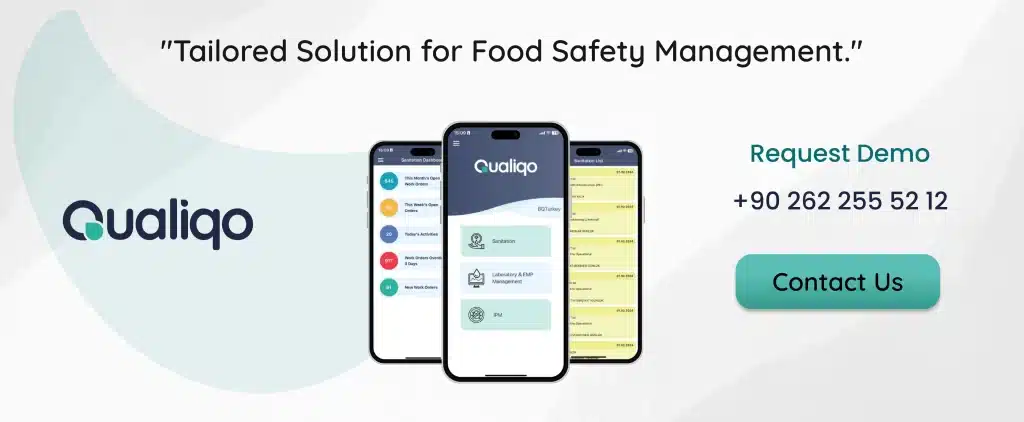
The Growing Need for Effective Contamination Prevention
Foodborne illnesses continue to be a significant public health concern worldwide. Contaminants such as bacteria, viruses, and chemicals can easily infiltrate the food supply chain, leading to outbreaks that endanger public health and damage the reputation of food businesses. Effective contamination prevention is essential to mitigate these risks, ensuring that food products remain safe from production to consumption.
Role of Technology in Contamination Prevention
1.Real-Time Monitoring Systems
Real-time monitoring systems equipped with Internet of Things (IoT) sensors provide continuous oversight of critical control points in the food production process. These systems can detect deviations from established safety standards and alert personnel immediately, allowing for swift corrective actions. By continuously collecting and analyzing data, these systems help prevent contamination before it can occur.
2.Automated Cleaning and Sanitation
Automation in cleaning and sanitation processes ensures that all areas of a facility are consistently and thoroughly sanitized. Automated systems follow precise cleaning protocols, reducing the likelihood of human error and ensuring high hygiene standards. This technology is particularly effective in high-risk areas where manual cleaning may miss hard-to-reach spots.
3.Predictive Analytics
Predictive analytics uses historical data to forecast potential contamination risks. By analyzing patterns and trends, food safety managers can identify areas of concern and implement preventive measures proactively. This technology helps prioritize resources and focus on the most significant risks, enhancing overall contamination prevention efforts.
Innovative Software Solutions for Food Safety Management
1.Compliance Software
Compliance software ensures that food businesses adhere to regulatory standards such as Hazard Analysis Critical Control Point (HACCP) and the Food Safety Modernization Act (FSMA). These platforms guide users through compliance requirements, manage documentation, and provide audit trails, simplifying the process of maintaining regulatory compliance and preventing contamination.
2.Digital Documentation and Traceability
Digital documentation systems enhance traceability, allowing for instant access to food safety records. This transparency ensures that every step of the food production process can be tracked and verified. In the event of a contamination issue, digital traceability enables rapid identification and isolation of affected products, minimizing the scope of recalls and protecting public health.
3.Training and Education Platforms
Software platforms dedicated to training and education play a crucial role in contamination prevention. These platforms offer courses and certifications that keep employees informed about the latest food safety practices and technologies. Continuous education ensures that staff are aware of potential contamination risks and are prepared to implement effective preventive measures.
As the food industry continues to evolve, the importance of contamination prevention cannot be overstated. Leveraging cutting-edge technology and innovative software solutions is key to enhancing food safety management. By investing in real-time monitoring, automation, predictive analytics, and comprehensive software platforms, food businesses can significantly reduce the risk of contamination, ensuring that their products are safe, compliant, and trustworthy.
Stay ahead in food safety management by embracing technology and software that prioritize contamination prevention. Your commitment to innovation not only protects public health but also secures the future of your business in a competitive market.
Did you get enough information about “Contamination Prevention in Food Companies?
Qualiqo is here to help you. It answers your questions about sanitation and hygiene, Lab. & EMP, IPM and Pest Control. We also provide information about the main features and benefits of the software. We help you access the Qualiqo demo and even get a free trial.

Frequently Asked Questions (FAQ)
Technology enhances contamination prevention by providing real-time monitoring, automating cleaning and sanitation processes, and utilizing predictive analytics to forecast and mitigate risks. These technological advancements ensure higher efficiency, accuracy, and consistency in maintaining food safety standards.
Real-time monitoring systems use IoT sensors to continuously oversee critical control points in the food production process. They detect deviations from safety standards and alert personnel for immediate corrective actions, thus preventing potential contamination before it occurs.
Digital documentation systems enhance traceability by providing instant access to food safety records. This transparency ensures that every step of the food production process can be tracked and verified. In the event of contamination, rapid identification and isolation of affected products minimize the scope of recalls and protect public health.
Automated cleaning and sanitation systems ensure thorough and consistent sanitization across all facility areas. They follow precise cleaning protocols, reducing human error and ensuring high hygiene standards, particularly in high-risk areas that are difficult to clean manually.



